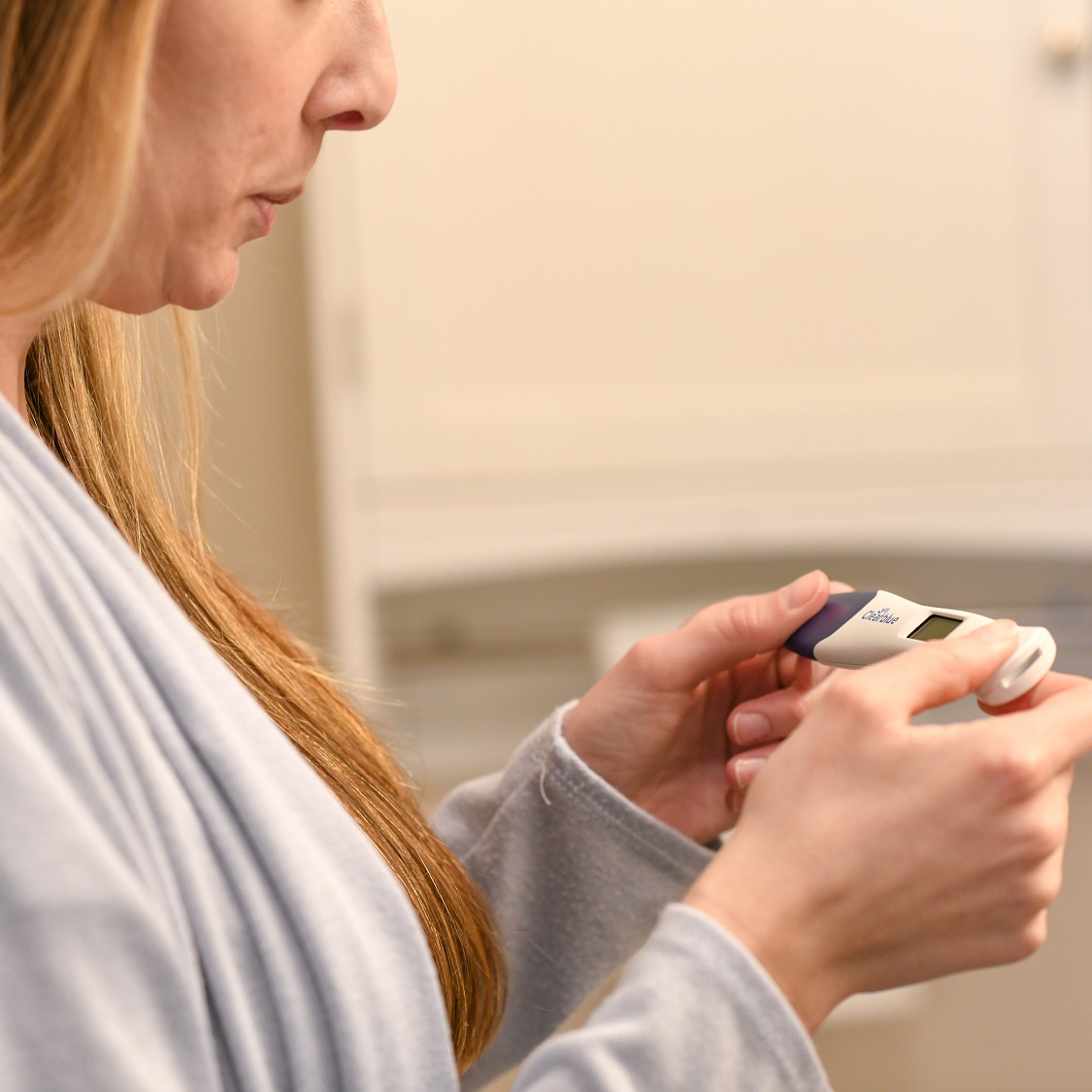5 Things That Can Cause a Miscarriage in the First Trimester

April 03, 2023
For expectant parents, the first trimester can be a nerve-wracking time. About 10 percent of known pregnancies end in miscarriage during the first trimester, with the risk lowering significantly as you get further into your pregnancy.
“It’s important for women to know that a miscarriage isn’t your fault,” says OB/GYN Benjamin Morgan, M.D. “There are a number of reasons why a pregnancy fails, and it is often out of your control. And many, many women go on to have very healthy pregnancies following a miscarriage.”
Possible Causes of Miscarriage in the First Trimester
These are common reasons for miscarriage in the first trimester:
- A chromosomal abnormality. The sperm and egg carry chromosomes, which contain the parents’ genetic material. A fetus with extra – or missing – chromosomes may not develop properly, leading to miscarriage.
- A structural abnormality within the uterus. Sometimes, the size or shape of a woman’s uterus may lead to miscarriage. Treatments are available for certain abnormalities.
- An infection. German measles (rubella) or food poisoning from listeria may cause miscarriage. Certain sexually transmitted infections may also lead to early pregnancy loss.
- An injury. Serious trauma, such as a car accident, may damage a fetus, leading to pregnancy loss.
- An unknown cause. Sometimes, doctors aren’t able to determine a reason for the miscarriage. This is more common in the second trimester but possible in the first trimester.
Symptoms of a Miscarriage
For some women, a miscarriage feels more intense than regular menstrual cramps. For other women, there may not be pain, but there’s bleeding or tissue loss.
Signs of a miscarriage include:
- Vaginal bleeding or spotting
- Pain or cramping in the abdomen or lower back
- Tissue that passes vaginally; it may be gray or look like blood clots
- Fluid (that isn’t blood) which leaves the vagina
- Disappearance of pregnancy-related symptoms (like morning sickness)
Risk Factors for Miscarriage in the First Trimester
Women may be at increased risk of miscarriage if they:
- Are age 40 or older
- Have a history of prior miscarriage
- Have an abnormality in the shape of their uterus
- Have fibroids
- Have a blood-clotting disorder called antiphospholipid syndrome
- Have high blood pressure
- Have uncontrolled diabetes
- Have kidney disease
- Have lupus
- Have listeriosis
- Have a sexually transmitted infection like gonorrhea, chlamydia or syphilis
- Are HIV-positive
- Get the German measles (rubella)
- Are obese
- Are underweight or malnourished
- Consume more than 300 mg of caffeine daily
- Smoke
- Use illegal drugs
What to Do if You Think You’re Having a Miscarriage
Every cramp or spot of blood during pregnancy isn’t a sign of miscarriage. But if you experience concerning symptoms, call your doctor.
“If you notice bleeding or a gush of fluid, call your OB/GYN right away,” Dr. Morgan says. “Your doctor may want to see you immediately or have you visit the ER.”
Doctors can diagnose a miscarriage and provide care as needed. Sometimes, doctors remove tissue remaining in the uterus, but this isn’t always necessary.
After a miscarriage, it’s normal to have feelings of guilt or grief. Share your feelings with your partner, and see a therapist if you need to.
“Every person responds to miscarriage differently and grieves for different lengths of time,” Dr. Morgan says. “Eventually, you may feel ready to try getting pregnant again.”
Next Steps & Resources:
- Meet our source: Benjamin Morgan, M.D.
- To make an appointment with Dr. Morgan, or a doctor near you, call 800-822-8905 or visit our website.
The material provided through HealthU is intended to be used as general information only and should not replace the advice of your physician. Always consult your physician for individual care.






